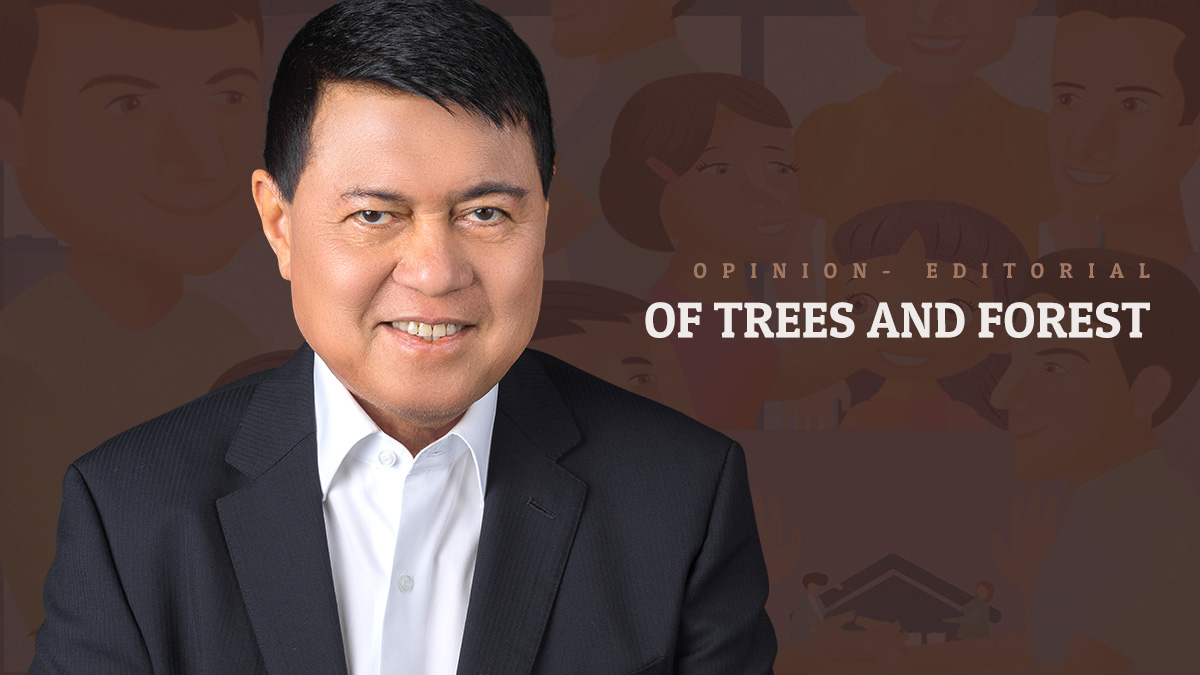
‘Rainbow After the Rain’
Next week, we will mark the 44th year of the establishment of formal diplomatic relations with China. It was on June 9, 1975, when the Republic of the Philippines and the People’s Republic of China signed a Joint Communiqué signaling the formal start of their diplomatic relations at the ambassadorial level.
Today, that relationship is experiencing a renaissance of sorts because of the decision of President Rodrigo Duterte to pursue closer relations with China despite our “special” relations with the United States and the current geopolitical controversy in the South China Sea.
Let me point out an important distinction between these two periods in our relations with China. In 1975, the decision of then-President Ferdinand Marcos to establish diplomatic relations with Communist China was, to a large extent, influenced by the policy shift of its ally, the US. It came on the heels of the historic 1972 visit of US President Richard Nixon to China that marked the thawing of the icy relations between the two countries.
In contrast, President Duterte’s foreign policy direction to pivot to China was made with much protestations from the United States and other Western powers. In fact, the policy shift is really a pivoting away from our traditional ally towards closer relations with China and other countries like Japan and Russia.
This comparison, in my mind, is a stark manifestation of the independent foreign policy being pursued by the Duterte administration. Another would be the decision of the President to send back Canada’s garbage to its shores. It is a policy that proclaims the sovereignty of the Philippines and the demand for equal treatment in the global stage.
Our history with China is, of course, much older than the formal diplomatic relations established in 1975. Hundreds of years ago, the Philippines and China were bound by trade and migration. Long before the Spaniards, the Americans and the Japanese landed on our soil, our ancestors were dealing with Chinese traders and ethnic Chinese have been migrating to our land.
Historical accounts tell us that as early as the 9th century, Chinese merchants and the natives of the islands later to be known as the Philippines engaged in barter trade mostly in Mindoro and the Sultanate of Sulu. Another proof of this is the fact that Manila is home to the oldest Chinatown in the world. Binondo, as it is now known, has been an established Chinese enclave since 1594.
The 44 years of our formal diplomatic relations with China have seen some ups and downs. Agreements have been forged to strengthen bilateral ties in terms of defense, trade and investments, infrastructure development, energy, transnational crimes, tourism/culture, media exchange, science and technology, sister cities, military consultations, as well as people-to-people exchanges.
But territorial disputes have also dampened Philippine-China relations. These disputes have been exacerbated by geopolitical dynamics that go beyond our bilateral ties. But what is important to note is that our friendship with China has survived all that. Despite the animosities and controversies, our ties have remained stable. This is a testament to the resiliency and leadership of both President Duterte and Chinese President Xi Jinping.
The emergence of an independent foreign policy authored by President Duterte and the policy of China under President Xi to respect our sovereignty and treat us as co-equal has led to strong bilateral ties beautifully described by Pres. Xi as seeing “rainbow after the rain”.
We hope that the friendship between the Philippines and China endures and that we may experience years and years of spring!





